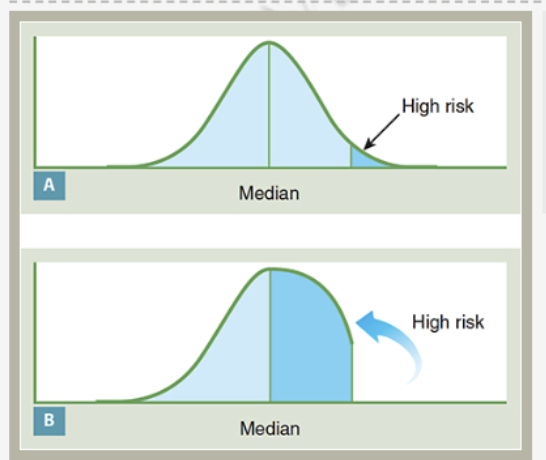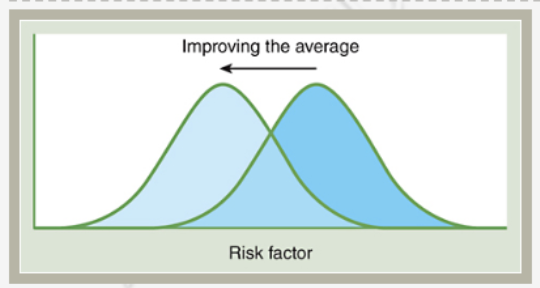Vulnerable populations are those at higher than average risk of disease and bad disease outcomes directly or through the healthcare system. (Riegelman, 2019). In the Community Oral Health COH Program, consideration for the needs of vulnerable populations is a focus of Public Health and Population Health which is more than a profession- it is a way of thinking. (2019).
One of many essential considerations for practice is to use inclusive language and other culturally sensitive terms and phrases, including person-first and identity-first language. (APA, 2023). COH embraces inclusive language as effective communication that adapts to vulnerable and diversifying populations.
Postgraduate Degree in Community Oral Health
Like what you’re learning? Consider enrolling in the Herman Ostrow School of Dentistry of USC’s online, competency-based certificate or master’s program in Community Oral Health.
Addressing the needs of vulnerable populations has always been a cornerstone of public health. (2019). However, the definition of a vulnerable population continues to change, as do the challenges of addressing their needs. Public Health has historically provided services for vulnerable populations ranging from reducing lead paint in deteriorating buildings to food supplementation, to preventing goiters and congenital disabilities (formerly referred to as birth defects).
Public Health is often confronted with conflicts on focusing on everyone and addressing society-wide concerns versus focusing on the needs of vulnerable populations. Two approaches are illustrated. The high-risk approach focuses on those with the highest probability of developing a disease and aims to bring their risk close to the levels experienced by the rest of the population.
Figure 1.2 A illustrates the high-risk approach. The success of the high-risk approach, as shown in figure 1.2 B, assumed that those with a high probability of developing disease are heavily concentrated among those with exposure to what we call risk factors. Risk factors include a wide range of exposures, from cigarette smoke and other toxic substances to high-risk behaviors.
The improving the average approach focuses on the entire population and aims to reduce the risk for everyone, figure 1.3 illustrates this approach. See the Figures 1.2 (A) and (B) and 1.3.
FIGURE 1.2 (A) High Risk and (B)Reducing High Risk

FIGURE 1.3 Improving the Average

What does improving the average approach assume? Bring your experiences, knowledge, and perspective to the conversation.
Earn an Online Postgraduate Degree in Community Oral Health
Do you like learning about a variety of issues while focused on the unique needs of community health dental programs? Consider enrolling in the Herman Ostrow School of Dentistry of USC’s online, competency-based certificate or master’s program in Community Oral Health.
References
- American Psychological Association. (2021). Inclusive language guidelines.
- Riegelman, R. & Kirkwood, B. (2019). Public Health 101: Improving Community Health (3rd ed.). Jones & Bartlett Learning.

